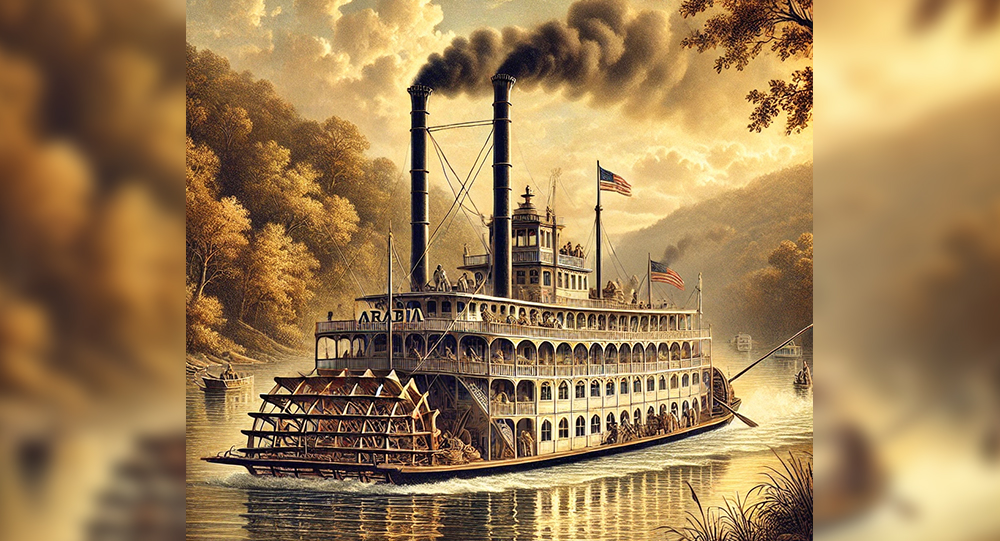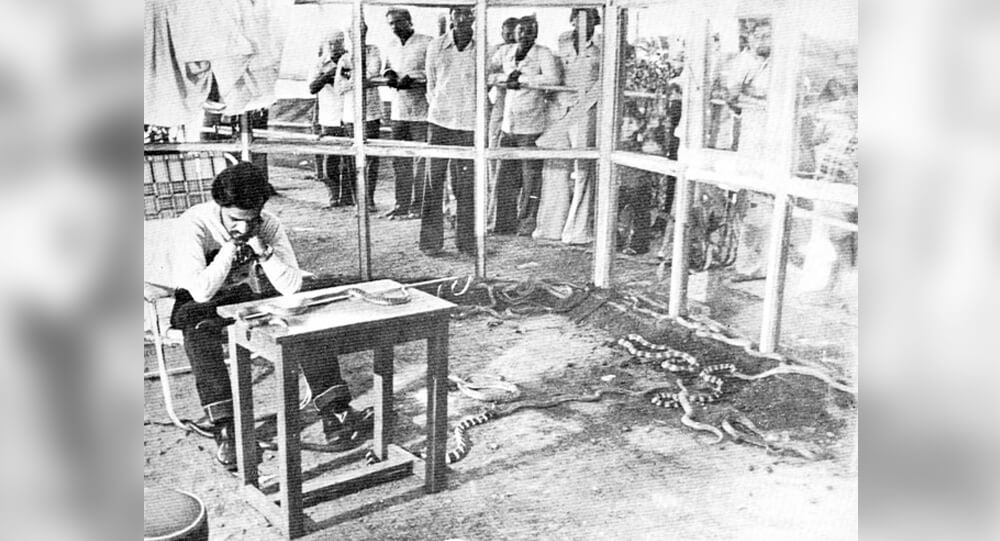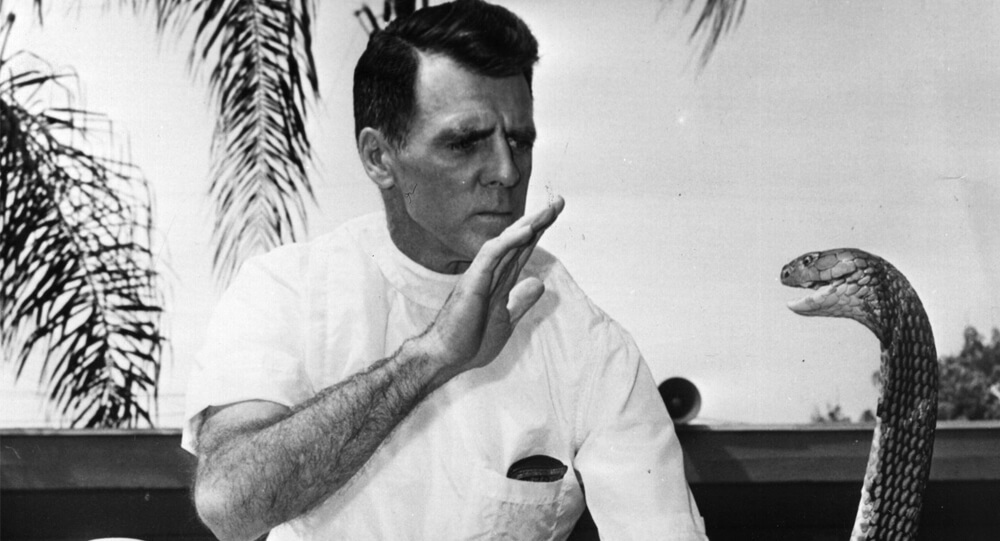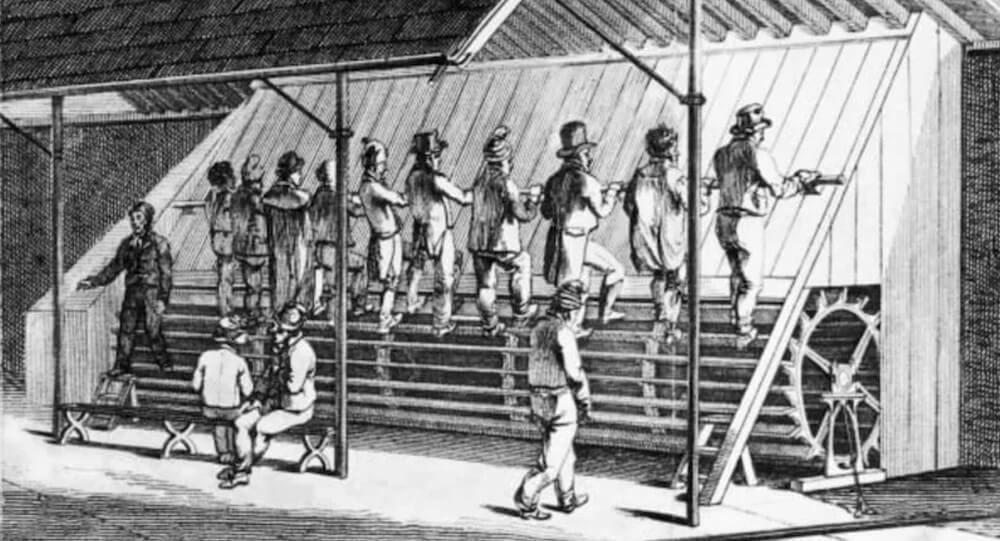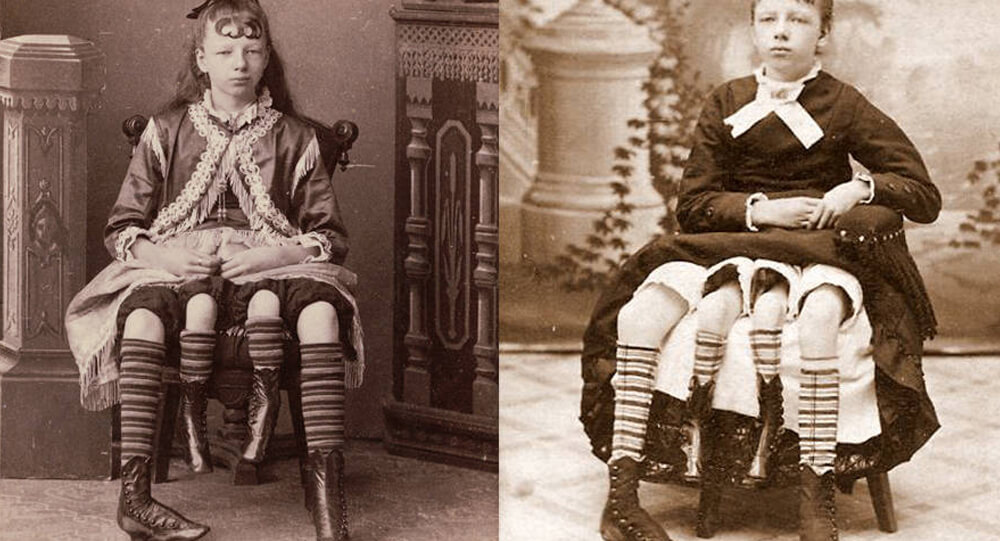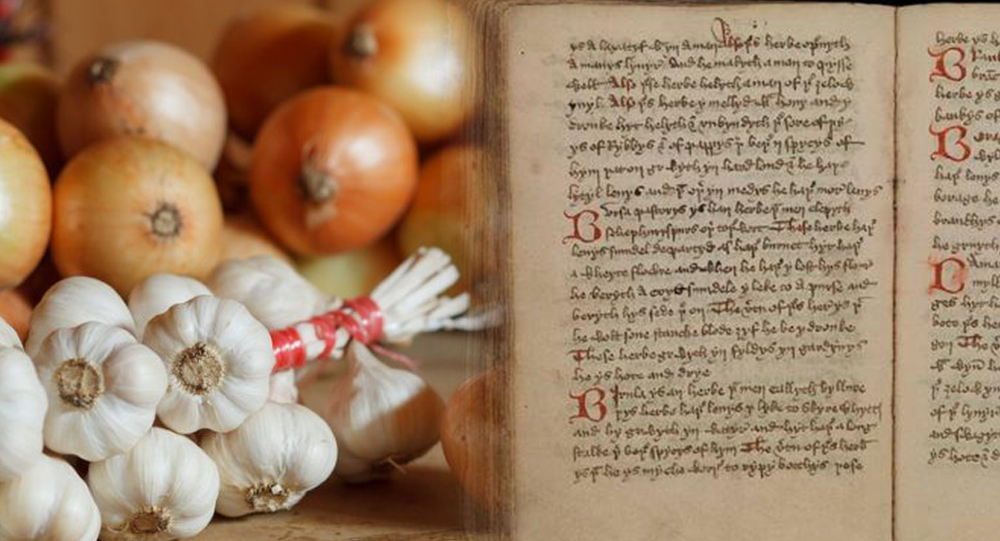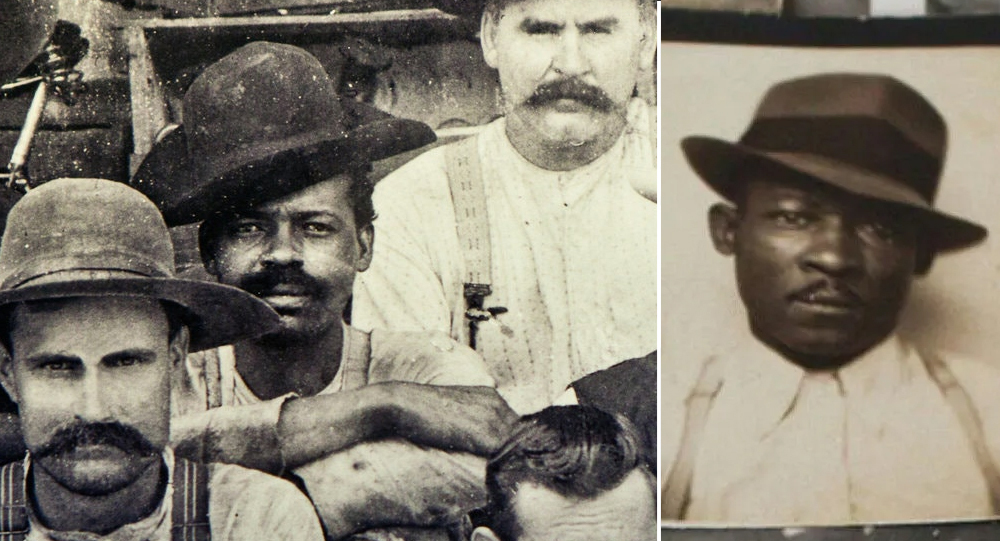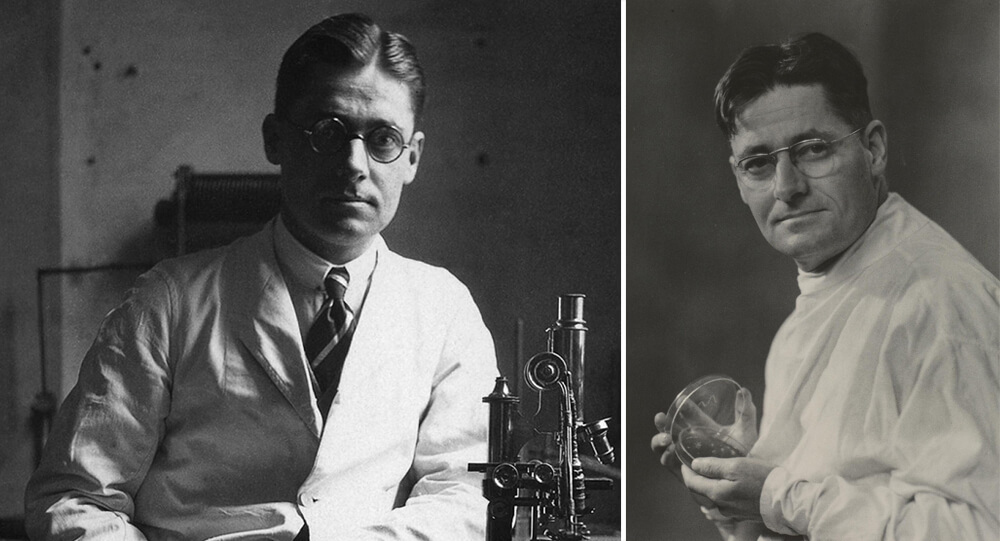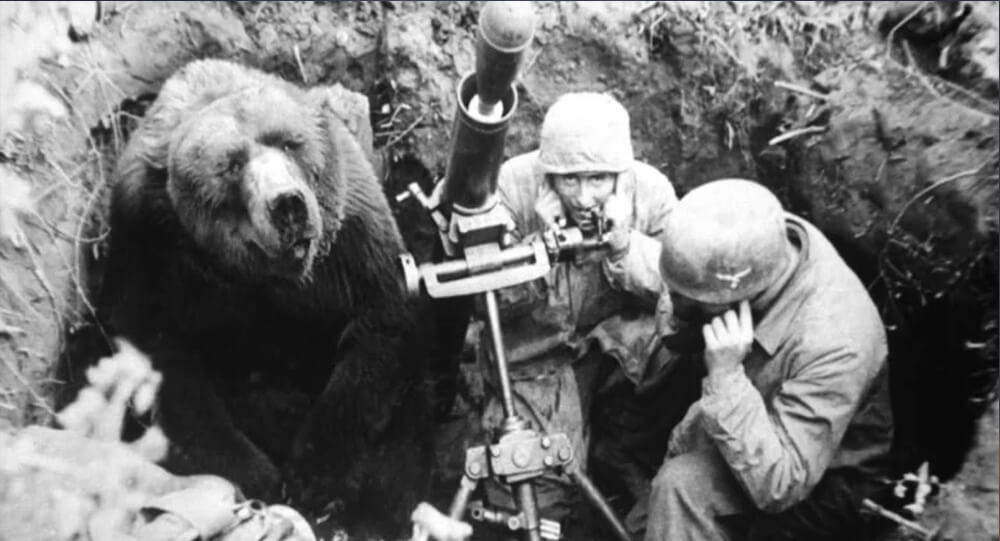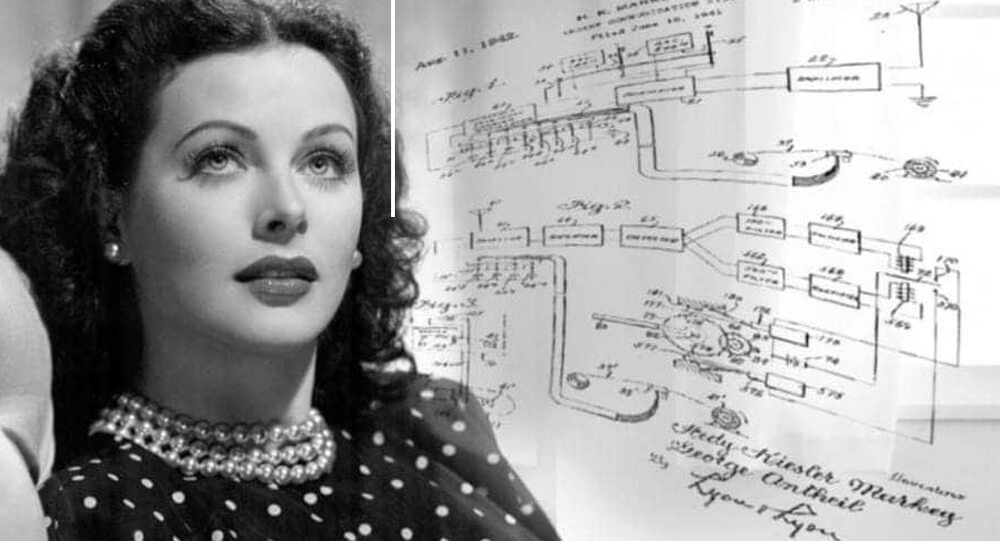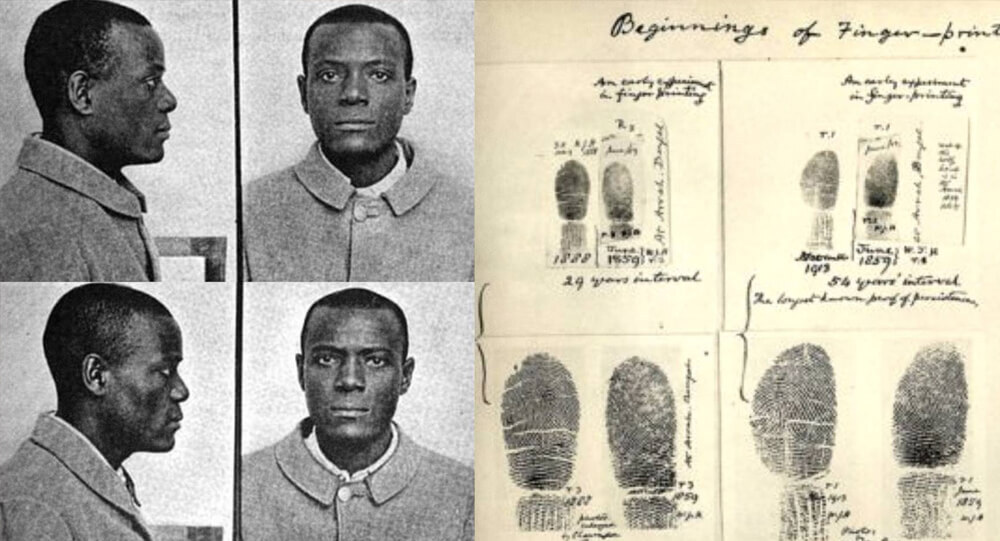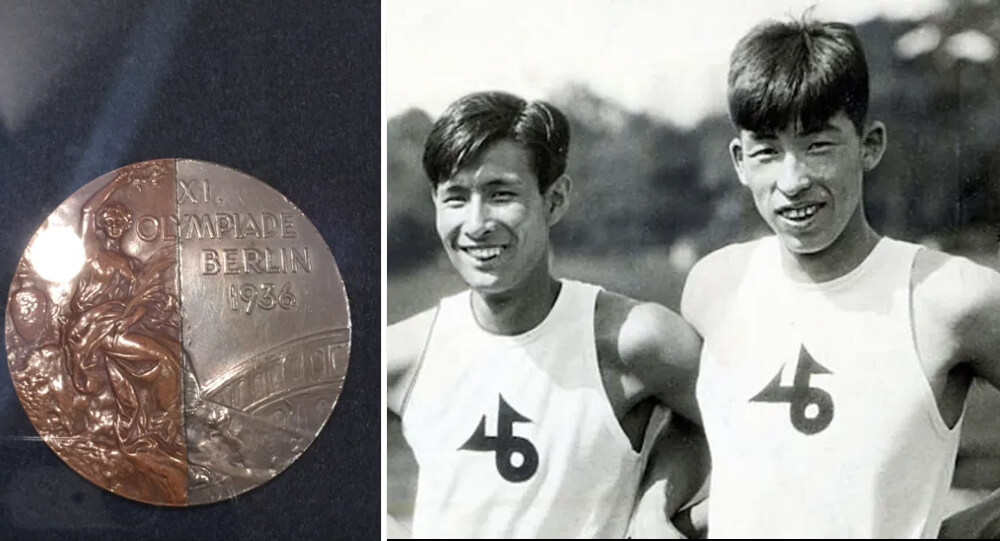
Berlin’s 1936 Summer Olympics generated a great deal of controversy (we all know how that feels). For Adolf Hitler, the occasion served to further the Nazi party’s doctrine of white supremacy. A number of nations discussed boycotting the Games due to grave worries about the safety of Jewish athletes in addition to moral grounds. However, a few inspirational moments were able to come through. Jesse Owens, an African American sprinter, won four gold medals, and two Japanese athletes established the ‘Medals of Friendship.’
Olympic Pole Vault in 1936
Eighty-five years ago, in front of 25,000 spectators, American pole vaulter Earle Meadows achieved an impressive height of 4.35 meters. That was sufficient to win him an Olympic gold medal in Berlin. Three athletes, Shuhei Nishida of Japan, Sueo Oe of Japan, and American Bill Sefton, contested for second place. The two Japanese men cleared the jump-off height, but Sefton did not. The exact same outcome was obtained by Nishida and Oe, so the final standings were still up in the air. Nishida and Oe steadfastly refused to jump again for the silver, despite the judges’ wishes.
Do you know the story behind the 'medals of friendship'? 🎥https://t.co/oA6a8zGP0z #friendship #Olympic pic.twitter.com/J3VIzx15zg
— Athlete365 (@Athlete365) June 11, 2017
In addition to being elite athletes, the two were also close friends. They therefore asked the Olympic organizers if they could share the silver medal because they respected one another’s abilities. On this occasion, the judges steadfastly declined. The Japanese team was instructed to determine amongst themselves which medal each member should take home.
The Reason for the Dilemma
Nishida would accept the silver, it was decided after some consideration. There are numerous theories explaining how they arrived at this conclusion. The most widely accepted explanation claims that Oe won the bronze medal because he successfully cleared the 4.25-meter jump on his second try, while Nishida did so on his first. Nonetheless, some reports also assert that Nishida’s age played a role in the choice. Oe had reverence for his “senpai,” a person in a higher hierarchical position than he was, usually because of their age, despite being four years younger. Nevertheless, according to other reports, Oe, a student at Keio University, accepted the bronze because, as the younger athlete, he had a better chance of winning gold at the next Olympics and thought it would be better to give Nishida the silver medal. However, all of these theories stand at odds with what the two men did next.
Evidently dissatisfied with the competition’s official results, they resolved to resolve the issue on their own.
Making the Friendship Medals
Nishida and Oe asked a jeweler to cut both medals in half when they got back to Japan. After that, they had the bronze and silver portions fused together to produce two awards they believed more accurately represented their true achievements. A mixed-metal silver-bronze medal for every competitor. Eventually, the two medals were referred to as “the medals of friendship.”
友情のメダルを見ることできました。Do you know about this story??@Tokyo2020 pic.twitter.com/rFBwWEYhJK
— Koji Murofushi PhD 室伏広治 (@KojiMurofushi) November 27, 2017
It does not imply that they lacked competition. The plan was for Nishida and Oe to rematch at the 1940 Olympics, which was originally scheduled for Tokyo but was eventually rescheduled to Helsinki and eventually canceled entirely when World War II broke out. The two athletes would have had another chance to compete at an Olympics in 1952, but Oe was tragically killed in the conflict. Nishida finally passed away in 1997 from heart failure at the age of 87. The Japan Association of Athletics Federations (JAAF), of which Nishida was the honorary vice chairman, gave Waseda University, where he was a student, his medal of friendship in 2005. It is still there as of right now.
It’s critical to keep in mind that the Olympics have other purposes besides competition. It also represents friendship and tranquility. This tale perfectly captures that.

The Arabia Steamboat: Unearthing a 19th Century Time Capsule from the Missouri River
The Arabia was a steamboat that sank in the Missouri River in 1856. Over time, the river shifted 800 meters to the east, eventually turning the site of the sinking into a field. The steamboat remained under 45 feet of slit and topsoil until 1988, when it was excavated. The mud, as it turned out, was such a great preserver that most of the artifacts on board were found to be intact. They even found jars of preserved apples that were still edible!

How European Rabbits Took over Australia
In 1859, wealthy settler Thomas Austin released 13 wild rabbits on his Australian estate. By 1920, their population grew to 10 billion.

The story of a man who spent 72 hours with 72 venomous snakes to prove they only bite when provoked
In the 1980s, an Indian man spent 72 hours in a glass cabin with 72 snakes, some of which were extremely venomous. His aim was to prove that snakes only attack when provoked. Remarkably, he was not bitten once in those 72 hours and even set a Guinness World Record in the process.

The History Behind the “No One Dies Alone” Program
In 1986, while doing a night shift at the hospital, Sandra Clarke, a registered nurse, was asked by an elderly patient to stay. She promised to be back after checking on her other patients, but by the time she returned, the gentleman had passed away. Clarke became one of the key figures in launching No One Dies Alone, a program that allows volunteers to sit with terminal patients who have no one else.

The story of Bill Haast, who lived to be 100 despite his extensive snake venom injections
Bill Haast immunized himself by injecting snake venom into his blood for several years. He holds the Guinness World Record for surviving the most lethal snake bites, having been bitten over 172 times. Bill became known as "Snake Man" around the world and lived for over 100 years.

Reason Behind The Suicide Of Christine Chubbuck Live On Air
Actor Rebecca Hall had serious reservations about tackling the macabre story around why Chubbuck killed herself in 1974. So what changed her mind?

History of Treadmill, punishment for prisoners
Treadmills were originally a punishment used to harness human power on a giant wheel used to grind grains, hence the name "treadmill." The History of Treadmill

The unbroken seal on King Tutankhamun's tomb until 1922
The unbroken seal of Tutankhamun's tomb before it was opened in 1923, it was unbroken for over 3000 years.

The true story of Josephine Myrtle Corbin, the lady born with four legs and two private parts
Josephine Myrtle Corbin, an American sideshow performer born in 1868, had a rare condition known as dipygus, which caused her to have four legs, each smaller inner leg paired with one of her outer legs. Corbin joined the sideshow circuit, captivating audiences as the "Four-Legged Girl from Texas."

Marion Stokes recorded 30 years of television
Marion Stokes, a Philadelphia woman began taping whatever was on television in 1979 and didn’t stop until her death in 2012. The 71,000 VHS and Betamax tapes she made are the most complete collection preserving this era of TV. They are being digitized by the Internet Archive.

Medieval Medicine: A 1,000-year-old onion and garlic salve kills modern bacterial superbugs
Scientists recreated an Anglo-Saxon manuscript-based 9th century onion and garlic eye remedy and discovered that it killed 90% of antibiotic-resistant staph bacteria (MRSA).

Nearest Green, America's first known Black master distiller
Nathan "Nearest" Green was an African-American head stiller who is now more frequently referred to as a master distiller. He was renowned for imparting his distilling knowledge to Jack Daniel, the creator of Jack Daniel's Tennessee whiskey distiller, after Jack Daniel was freed from slavery following the American Civil War.

A Brief History of the PlayStation Gaming Console
Sony's PlayStation was never meant to be an actual product. Instead, it was intended to be a CD-ROM console that would support Nintendo games. However, when Nintendo backed out of the deal at the last minute, Sony went ahead and launched what soon became one of the most successful gaming consoles of all time.

How did Howard Florey discover penicillin
Penicillin was discovered by Alexander Fleming, but he never attempted to turn it into an antibiotic. It wasn't until ten years later that Howard Florey discovered Fleming's obscure paper and understood the mold's potential. Up to 200 million lives may have been saved as a result of Florey's work.

The 440-pound bear named Wojtek and his World War II battle against the Nazis
Polish troops raised an orphaned bear cub during WWII. He enjoyed drinking beer, and was trained to salute. He became officially enlisted as a member of the forces, and helped carry artillery during battle.

15 interesting facts about Queen Elizabeth II
Queen Elizabeth II, who ruled Britain for 70 years, has away at the age of 96. She was the country's longest-reigning monarch. Here are some little-known facts about her.

What exactly was the US's 'Ghost Army' during WWII?
During WW2, there was a special unit of men dubbed the ‘Ghost Army’. The unit was made of artists, creative and engineers and their job was to create deception about the enemy. From inflatable tanks to phony convoys to scripted conversations in bars intended to spread disinformation, they used all possible tricks to fool the enemy.

3 men lived on top of a billboard in tents for almost 9 months
From 1982-1983, three men in Allentown PA competed in a radio contest in which they lived on top of a billboard in tents. Whoever stayed up longest would win a house. Due to economic pressure from the recession, none of the contestants wanted to give up, so the contest lasted almost 9 months.

Juliane Koepcke: The Teenager Who Fell 10,000 Feet And Trekked The Jungle to survive
In 1971, a high school student was sucked out of an airplane after it was struck by lightning. She fell 10,000 feet to the ground while still strapped to her chair and survived. Only to endure a 9-day trek to the nearest civilization.

Saudi Arabia camel carvings dated to prehistoric era
Archaeologists were shocked to discover that a series of camels carved into desert rock faces in north-western Saudi Arabia are actually prehistoric, dating from 7,000-8,000 years ago - before either the Pyramids of Giza or Stonehenge were built.

Hedy Lamarr, A Hollywood actress who also a mathematician and inventor
Hollywood actress Hedy Lamarr was also a mathematician and the inventor of frequency hopping spread spectrum, a technology still used for bluetooth and wifi

Iranian inmate dies from happiness after finding out he will not be executed
An Iranian man who was convicted of murder reportedly died from happiness after learning that his death sentence was being commuted.

Nathan's Famous Doctor Stunt
When Nathan's Famous Hot Dogs first opened in 1916, the owner hired people to dress as doctors and eat hot dogs outside his shop, to convince people his hot dogs were healthy.

Will & William Wests: The puzzling situation of two inmates who are identical but not related
These are the mugshots of Will West and William West, and they are not related. They were both sent to Leavenworth Prison at the same time, in 1903, and after some confusion, the staff understood they had two different prisoners with the nearly same name, who looked exactly alike. They are part of the reason fingerprints are now used as identification.

Philippines, the largest supplier of Nurses in the World
Philippines is the world’s largest supplier of nurses, supplying roughly 25% of all overseas nurses worldwide.
